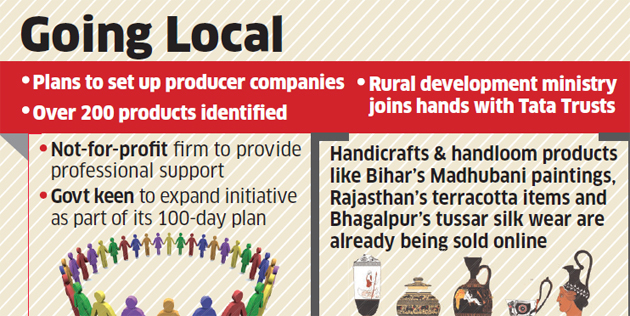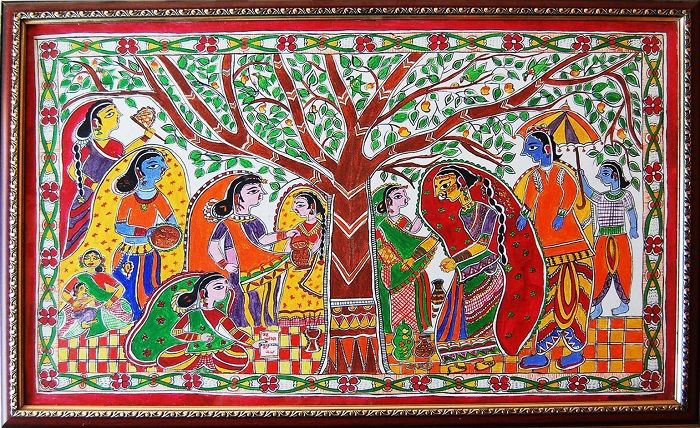Indian Government Aims To Boost E-Commerce With Rural Products
Vaibhav Kapadia - Aug 22, 2019

Rural artisans may soon be able to sell their products through e-commerce platforms as part of a facilitation plan envisaged by the government.
- Delhi Is The World’s Most Polluted Capital City For Three Years In A Row
- Indian Farmers Install High-Tech, Night-Vision CCTV Cameras To Protect Themselves
- Looking For The Best Electric Bike In India 2021? Take A Look At These
The ministry of rural development has made a list comprising 200 rural products which will be on sale on e-commerce platforms like GeM or Government e-Marketplace. The ministry and Tata Trusts have joined hands with the aim of setting up a company under the Companies Act – Section 25. The company will be a not-for-profit one and will offer rural artisans with professional support so that they can sell their rural products across the world.

A senior official from government said to ET:

Some handloom products and handicrafts, like Bihar’s Madhubani paintings, Jharkhand’s tribal paintings, Rajasthan’s terracotta items, and Bhagalpur’s tussar silk wear, which are made by artisans, mainly female entrepreneurs of rural areas, are already on sale via online platforms like Amazon or Flipkart.

Now, the government would like the initiative to be expanded as part of the plan lasting for 100 days in the 2nd term of Narendra Modi govt. As reported, the govt. identifies many rural products including folders, gift items, pen holders and other stationery items.
According to the official, the initiative of govt. will help artisans of rural places to be legally well-qualified to sell products on e-commerce platforms and then enter a bigger market.

The government is setting up a value chain development center along with four or five local offices, to provide rural artisans with effective value chain solutions. Artisans will also be assisted in terms of techniques, design and products packaging to enhance the global appeal.
Professional photographers, as well as content writers, are also involved in the plan to make sure that rural products which are sold on EC platforms have their own stories to tell, attracting more buyers.

G Vinod Nair, who manages non-farm livelihood products in a project called National Rural Livelihood Mission, said:

Currently, rural artisans can put their products on sale through state and central exhibitions which the ministry organizes or they can sell them in a more direct way – through traders. Besides, they can cater to local demand which is limited to their districts.
Featured Stories

ICT News - Jul 05, 2025
Windows 11 is Now the Most Popular Desktop OS in the World

ICT News - Jul 02, 2025
All About Florida’s Alligator Alcatraz: A Smart Move for Immigration Control

ICT News - Jun 25, 2025
AI Intimidation Tactics: CEOs Turn Flawed Technology Into Employee Fear Machine

ICT News - Jun 24, 2025
Tesla Robotaxi Finally Hits the Streets: $4.20 Rides That'll Make You Hold Your...

ICT News - Jun 24, 2025
World's First Flying Humanoid Robot Takes Flight

ICT News - Jun 24, 2025
When Closed Source Met Open Source: Bill Gates Finally Meets Linus Torvalds After...

Gadgets - Jun 23, 2025
COLORFUL SMART 900 AI Mini PC: Compact Power for Content Creation

ICT News - Jun 22, 2025
Neuralink Telepathy Chip Enables Quadriplegic Rob Greiner to Control Games with...

ICT News - Jun 20, 2025
Tesla vs Zoox vs Waymo: Who would win?

ICT News - Jun 19, 2025
Comments
Sort by Newest | Popular